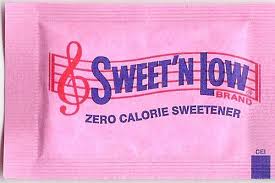
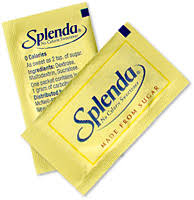
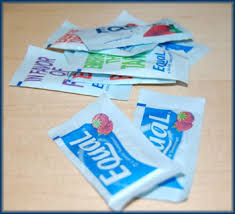
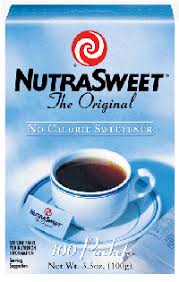
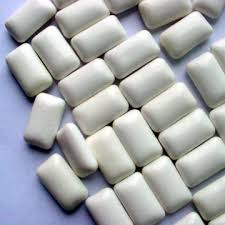
The sweet lowdown
Even the best artificial sweeteners may come with a health-related caveat. A breakdown of some of the best-known sugar alternatives:
Aspartame
What is it? A low-calorie artificial sweetener that has been approved for use in Canada since 1981. It is added to many products, including diet pop, yogurt, cereal and chewing gum.
Status: Sold under the brand names Equal and NutraSweet and is added to food and beverages by manufacturers.
What's the catch? Numerous studies have suggested aspartame may be linked to the development of a variety of cancers. In 2005, a European study found rats fed aspartame at comparable levels per body weight to humans had a higher risk of developing brain tumours, lymphoma and leukemia.
Sucralose
What is it? An artificial sweetener that's added to packaged foods and sold in packets or granulated form.
Status: Marketed under the name Splenda for use in baking.
What's the catch? Some studies have suggested sucralose may promote weight gain and have a harmful effect on beneficial gut bacteria.
Saccharin
What is it? One of the oldest artificial sweeteners, discovered in the 1870s and used in products such as chewing gum, pop and breath mints.
Status: Banned for use as a food additive in Canada since the 1970s.
What's the catch? Saccharin was banned after studies linked the sweetener to cancer in rats. However, it can be sold to consumers as a sweetener, but only at pharmacies.
Cyclamate
What is it? An artificial sweetener that can often come in forms known as sodium cyclamate and calcium cyclamate.
Status: Banned for use as a food additive in Canada. But can be sold directly to consumers with a warning label (usually placed near the ingredient list) that it should only be used on advice of a physician. Sweet ‘N Low is one artificial sweetener in Canada that contains cyclamate.
What's the catch? Cyclamate was banned as a food additive after numerous studies linked it to cancer in animals, as well as possible male reproductive problems.


1 comments:
It appears almost everything artificial or preservative related in the food world has health risks.
Looks like the best bet is just plant and eat and even in that they want to make sure you don't plant where the soil is a health risk or eat too much of a particular fruit/beg type so what to do?
Post a Comment